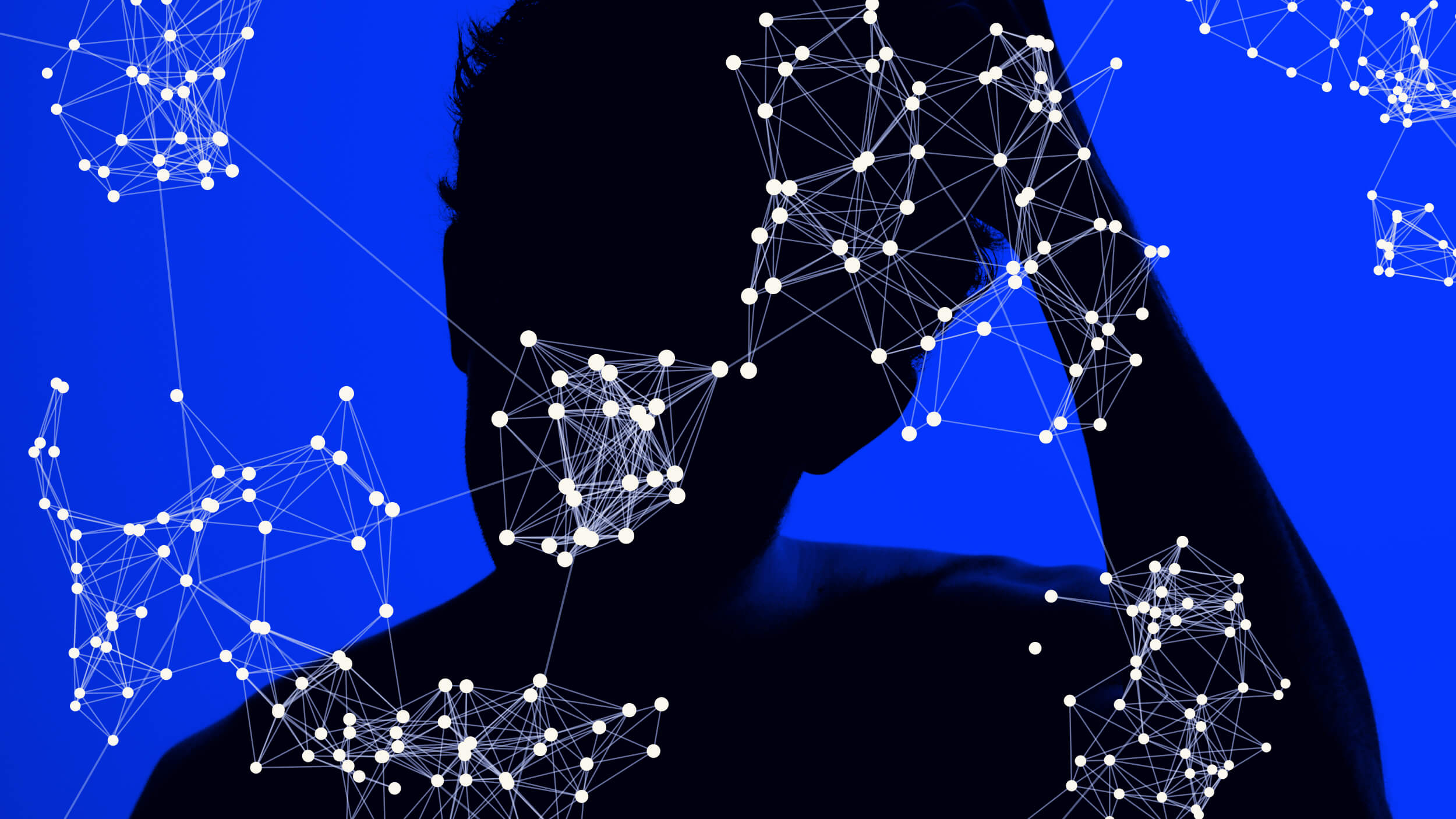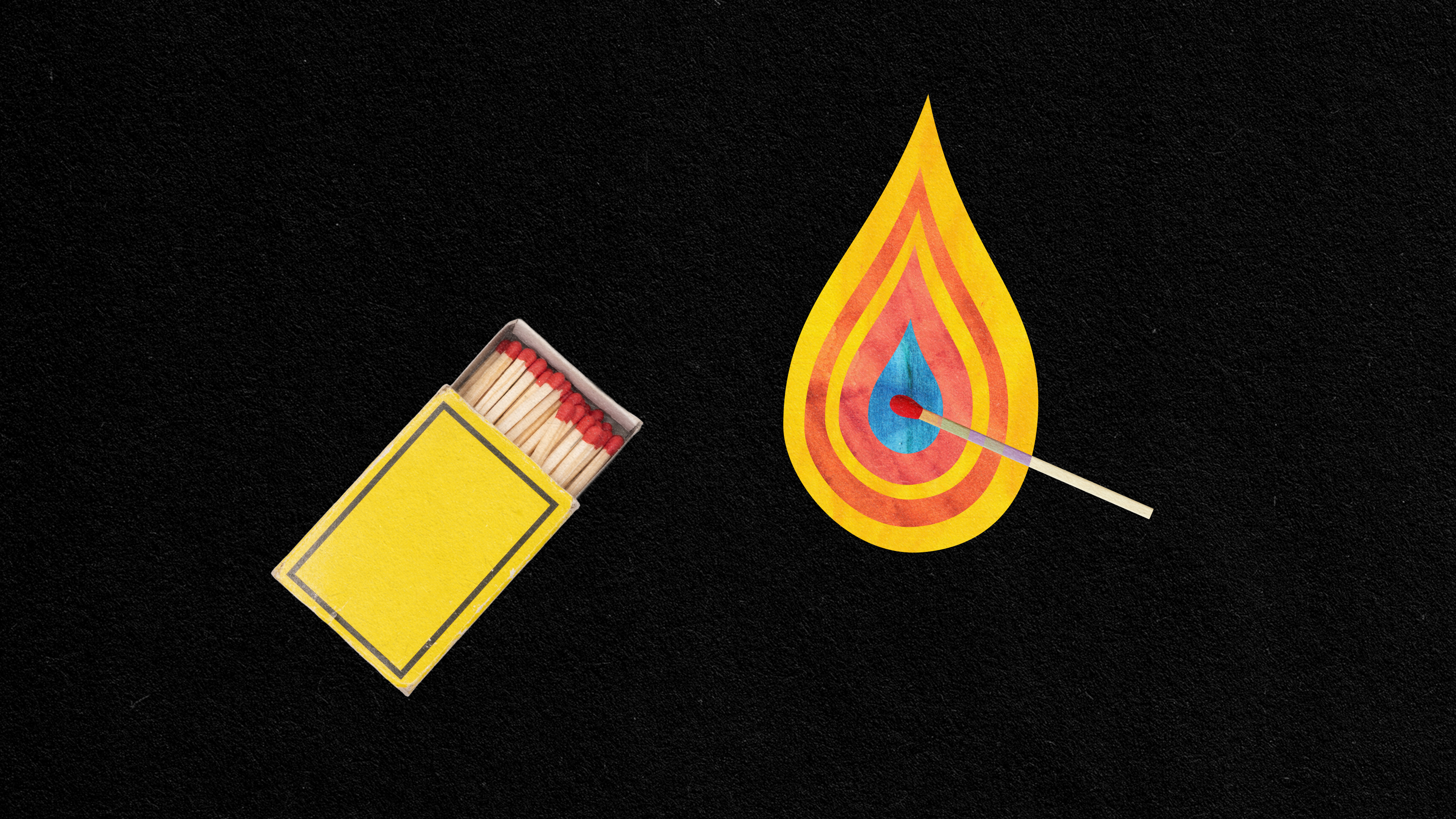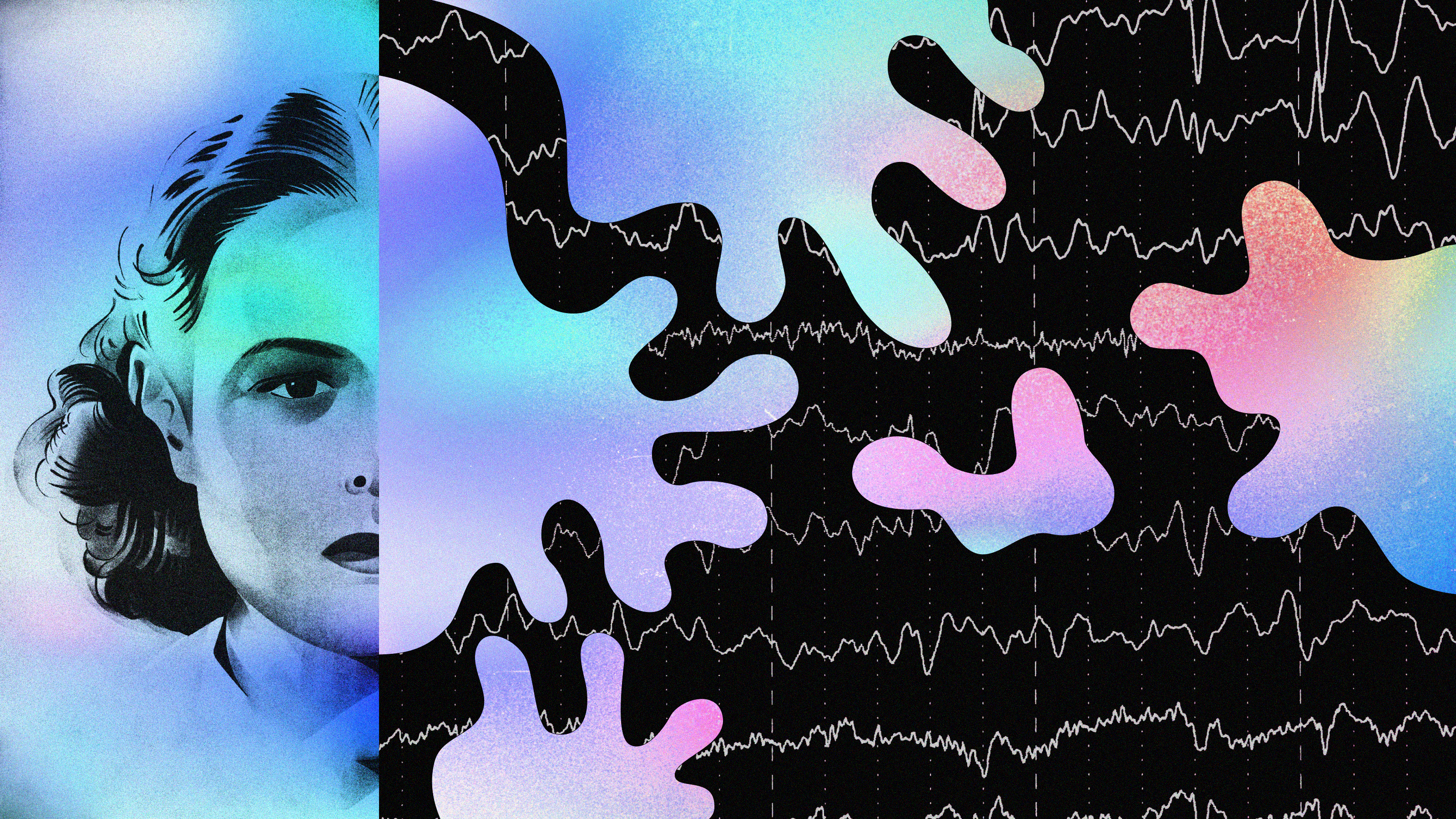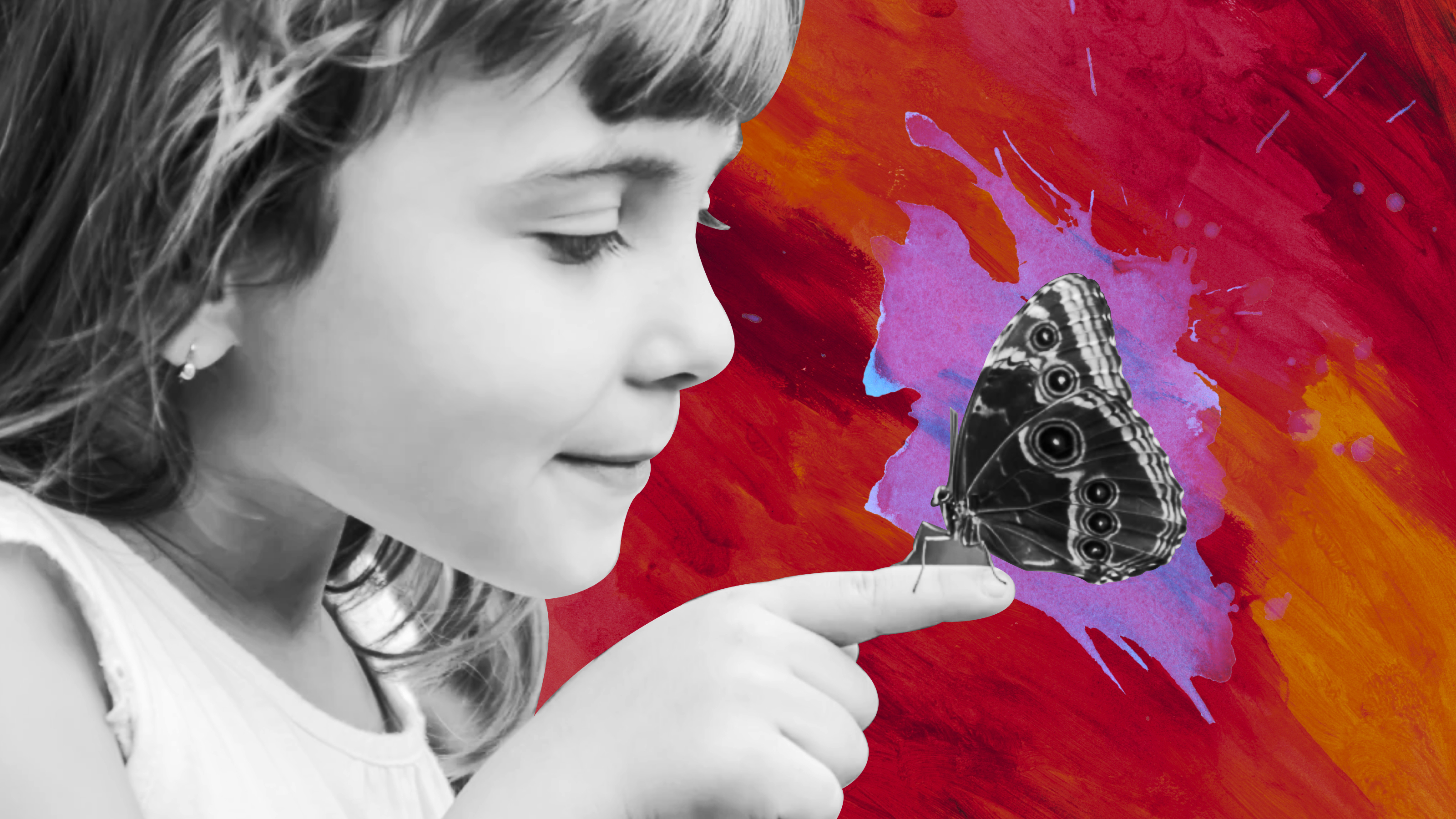Thanks to advances in neuroscience, we are closer to a true definition of creativity — those seemingly inexplicable moments of clarity and invention — than ever before. Creativity is a quality of the mind, not an inherent characteristic or specific activity. Put differently, there are some very creative accountants just as there are some very uncreative painters — it all depends on the person doing the work. So what does it take to be creative? At the very least, it takes an openness to overcoming popular notions of creativity which are too restrictive, says Scott Barry Kaufman.
Indeed, being open to new experiences and ideas is an essential quality of creative individuals. This is because in order to arrive at new conclusions and new ways of doing things, we must learn new things. But how we learn new things isn’t entirely straightforward, and integrating them into the field of things we already know is a complicated process requiring both the conscious and subconscious mind. A great deal of information processing happens in the subconscious mind, says Kaufman, and to emphasize conscious thinking at the expense of subconscious processing is a mistake.
In the conscious mind, we typically divide activity into intuitive thinking (emotions and subjective truth) and rational thinking (logic and objective truth). But this distinction is a false one, argues Kaufman, and we need to embrace what he calls “the middle way.”
Scott Barry Kaufman: Implicit learning is this ability to subconsciously soak up the probabilistic structure of the universe to put it in a very technical term. Basically it's our ability, you know, there's constantly patterns going on in our environment, even social situations there's constant patterns of people were talking to, just in nature there are patterns. And I found this ability to subconsciously implicitly learn these things without our awareness was related to a very important part of creativity, which is called openness experience.
People who are more open to their experiences tended to do better on these implicit learning tasks where they've had to subconsciously learn the rule structure or learn the pattern without their awareness. They were learning the pattern. So intuition is an important part of the creative process. I don't believe that - there's this kind of false dichotomy we've made between rationality and intuition. So again, the common theme today is the middle way because you go to a bookstore, you look at different sections of the bookstore, you look at like the rationality section and it's like Dawkins and everyone, "God is dead," blah, blah, blah and you're like whatever you do don't rely your intuition; intuition is BS.
And then you go to like the spirituality section of the bookstore and it's like every thing is like intuition, intuition, intuition, rational people don't know they're talking about; they're not in touch with spirituality, et cetera, et cetera. And I think there needs to be a middle section of the bookstore which says that for optimal truth in the universe, not just discovering the truth but also optimal creativity, we need to listen to our intuition but not be ruled by our intuition. We need to be rational but we need not be hyper rational. And I think that that middle way is really critical for creativity.
The non-conscious mind computes so many things outside of our level of awareness that are related to creativity that if we don't give our subconscious mind the time to really reflect and to fill in all the gaps between all these things we are actually reducing the chances we're going to have a great insight. Great creativity doesn't come when we're just solely rationally consciously focusing on solving a creative problem. That's helpful for solving a non-insightful problem, but when we're trying to solve an insightful problem, something that requires a leap to come to an answer, we rarely get to that answer when we're consciously deliberately focusing on the answer. We need to go do something else and let the subconscious mind work.
And then when we feel that intuition what William James refers to the fringe of consciousness where we start to feel it bubbling up in our soul that there's an answer coming and it's a very exciting feeling, that fringe of consciousness, eventually when it reaches the threshold of awareness that's what the ah-ha moment is. So we can sort of – the research shows we start to feel that an ah-ha moment is coming and then when an ah-ha moment comes it pops into consciousness as one gestalt, as one whole piece. Because that's what our subconscious has been doing is trying to fill in all those little missing pieces so that finally when it enters our consciousness we only see it as one big gestalt. Now it doesn't mean it's always right however. The feeling that we get on the ah-ha moment is that feeling of completeness, but it might not be right so we still have to do the hard work of rationality to flesh it out.





